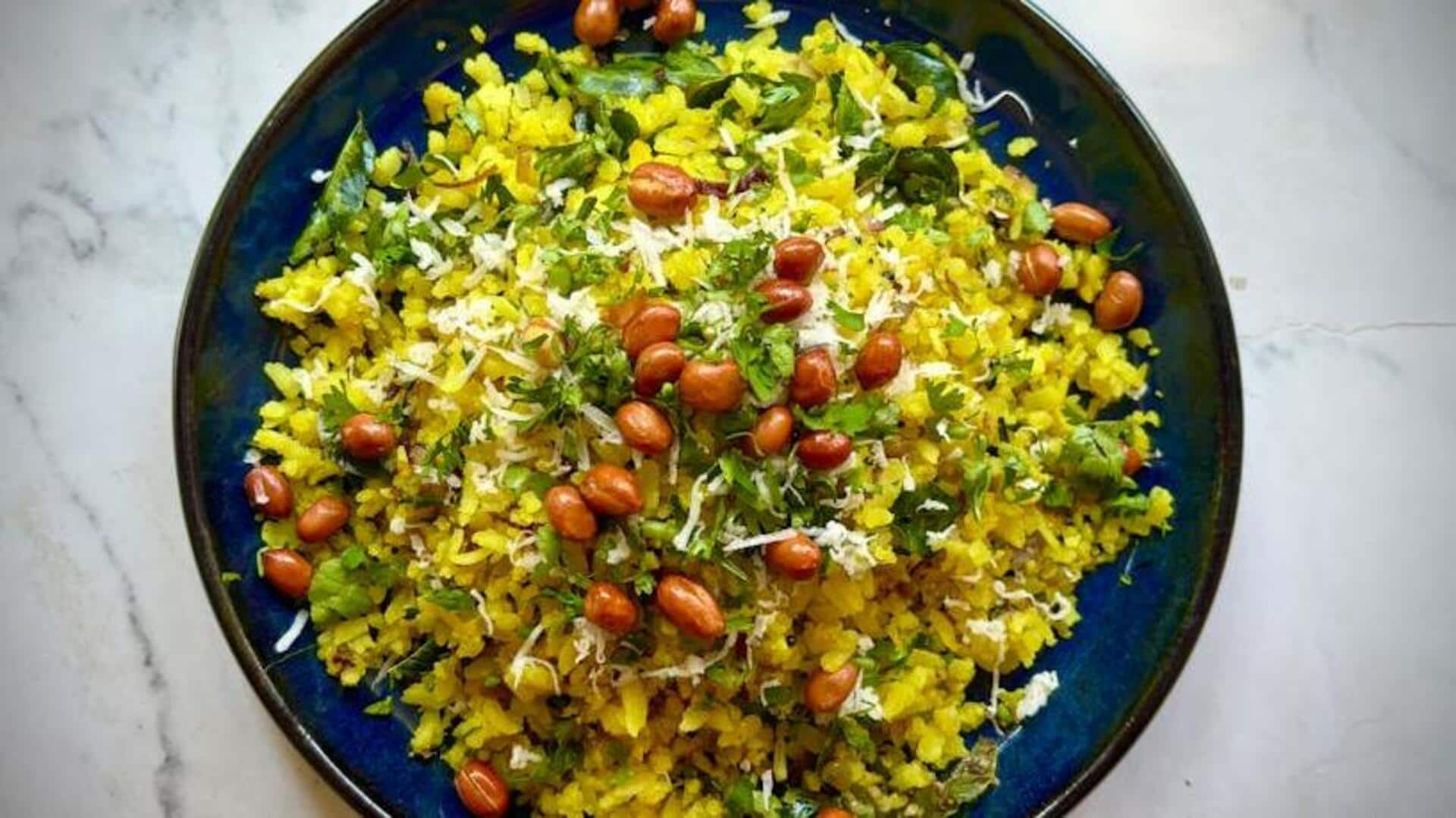
Poha's journey: How this dish transformed over time
What's the story
Poha, a traditional Indian dish made from flattened rice, has been a staple in many households for centuries. Its simplicity and nutritional value have made it a favorite breakfast option. Over time, poha has evolved from being just an ancient staple to becoming a modern convenience food. This transformation is driven by changing lifestyles and the need for quick yet healthy meal options. Let's explore how poha has adapted to contemporary demands.
Historical roots
Ancient origins of poha
Poha finds its roots in ancient India, where it was eaten as a humble, yet healthy meal. It was generally cooked with the most basic ingredients- spices and vegetables, which made it available to the masses. The dish became a rage across regions, thanks to its easy cooking and ability to adapt to local flavors.
Quick preparation
Modern-day convenience food
In today's fast-paced world, poha has become synonymous with convenience. Its quick preparation time makes it an ideal choice for busy individuals seeking nutritious meals without spending hours in the kitchen. Today, pre-packaged versions of poha are available in the supermarket, allowing people to enjoy this traditional dish with minimal effort.
Health focused
Nutritional benefits remain key
Despite evolving into a convenience food, poha retains its nutritional benefits. It is loaded with carbohydrates and gives essential vitamins and minerals when combined with vegetables or nuts. This makes it an attractive option for health-conscious consumers looking for balanced meals that do not compromise on taste or nutrition.
Regional adaptations
Diverse variations across regions
Poha's versatility lends itself to be adapted according to regional preferences across India. In some parts, it's prepared with peanuts and curry leaves, while in others, it's garnished with coconut or served with yogurt. These variations underscore how poha keeps evolving while retaining its core identity as a beloved staple food.